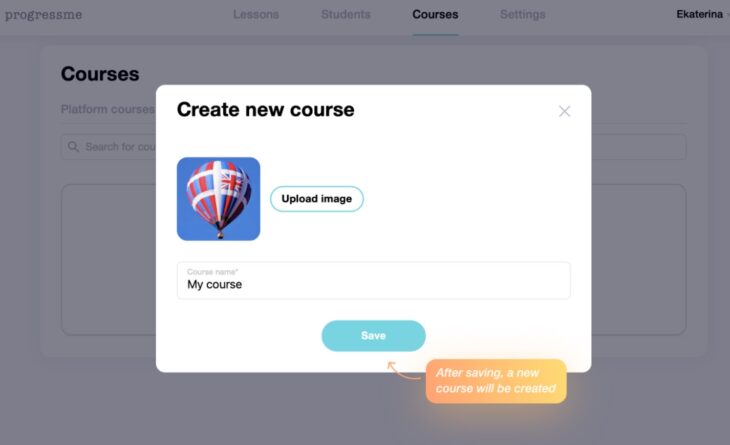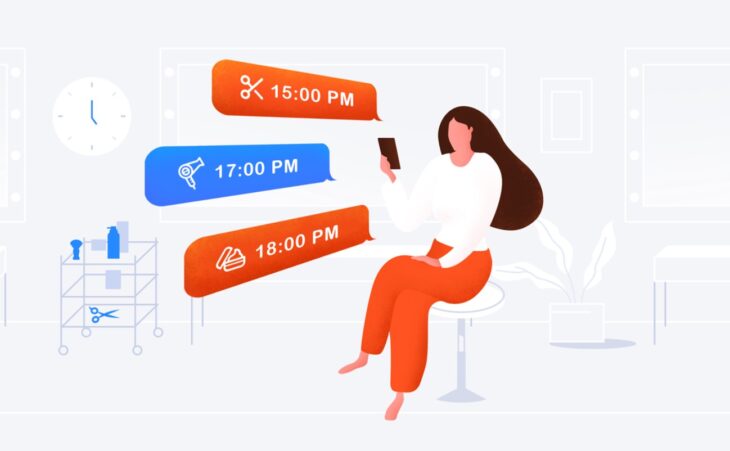Technology is molding every educational concept and packaging it for online consumption. The pandemic has created various ways in which learners can study and do their assessments online. Search engines have competency tests that train people as developers to harness opportunities available online. Organizations and educational institutions aspiring to create online courses have a raft of measures to consider. What matters is the market reception, content, and applicability.
Contents
Factors to Consider in Developing and Marketing an Online Course

Source: PortugaliNews
1. Demand for the Course
Before deciding to develop an online course, the institution must first understand its applicability in the market. Academic institution offerings such as colleges and universities have many courses, the faculty, and resources to teach. What can make learners prefer your course? Also, how relevant and applicable is it in the contemporary world? If it can answer all these questions uniquely, consider the idea. Before getting started please check out this informative article about creating an online course by Hobo with a Laptop.
However, consider technical and customized studies suited to the current world when creating an online course. A good example is content development, system development, online marketing, and interpersonal skills.
Research whether there is a demand for the course you seek to create. Check-in Udemy or other learning platforms, the courses offered in your educational field. Create a list of topics then ask potential respondents to choose the ones they prefer.

Source: The Conversation
2. Competence
Ensure that tutors and faculty members have in-depth knowledge of handling the subject. Since most online courses are either practical or hands-on, the tutors should have academic and practical experience. The credibility of the course lies in understanding its content.
Knowledge grows every day, and perception among learners are different. The tutors’ mastery of the subject should tackle all possible angles to satisfy the learners’ curiosity. For the training to go on smoothly, the following are pressure points:-
- Curriculum – the chronology of topics, integration, and their practicality in real life.
- Learning materials – computers, cameras, boards, and broadband connectivity.
- Experience – academic and practical knowledge on the select topic.
Examine how well you or the tutor knows the course. If you are not very knowledgeable, research more, or find a tutor with in-depth academic or practical knowledge.

Source: FCI
3. Platform and Delivery
The delivery platform is the internet, but how to transmit can vary based on the learning process and nature. The internet allows both audio, audio-visual, and posts as a way of transmission. Some prefer a series of posts with all the information carefully listed on each slide or page. It is cheaper and provides reference material, even if the tutor goes offline. However, it is prone to copyright infringement.
Video transmission provides both audio and visual messages. The student can hear the wordings and see charts and physical illustrations. There are very many video streaming service providers, both free and paid for. Also, consider doing live sessions so that students can ask questions.
You can deploy audio, audio-visual, or text channels based on your budget and complexity of the course. Audio-visual, though requiring more money and time, is preferable for those that are complex, thus demanding more attention. Text channels, while cost-efficient, are prone to copyright infringement. Audio is suitable for an engaged audience that would prefer to listen as they do an activity.

Source: Medium
4. The End Game
For any business, the developer has the ultimate satisfaction. Some prioritize financial proceeds while other utility provision. Creating an online course can give all the two and indirectly link the product to the future. For eLearning developers, the demand for the service is gradually growing. Strategically aligning the course to the future generates demand for the business, and ultimately equips the student the requisite knowledge.
Irrespective of the motive, the quality and curriculum must be relevant to the current economy. For it to survive the advancement, regularly update the content to mirror contemporary phenomena. When the student looks back, he or she should see the course as a worthwhile investment.
What is motivating you to create the course? Could it be to provide knowledge, promote a brand, earn money, or a combination of all? Evaluating the goal will assist in choosing the means of communication hence ensure goal satisfaction.

Source: Shutterstock
5. Course Duration
A standard academic course takes between 2 to 6 years to complete. It also eats into the day’s productive time, which most people, especially the working class, find it hard to cope. Online courses are mostly competency-based and act as an add-on to your profession. It, therefore, must take at most a year, with flexible timelines.
A sit-in should be divided into equal duration with assessments to mark the completion of a phase. Most online courses focus on applicability and relevance, and once the concept is taught, students can further enhance their understanding of their own. In essence, the duration of the course shouldn’t be less than a month, but not more than a year.
Look into how broad or complex your course is to determine duration. Assessing duration will enable you to set timelines on sessions and help you decide which topics require more time and which do not.

Source: Bookly WordPress plugin
6. Must-Have Features of an Online Booking System
In case you are contemplating having an online booking system, you surely need one that actively generates more sales. The system must have the right software with high-end features to increase the bookings and provide your clients with excellent customer experience. In this post, we are going to cover four features that will not only enhance good customer experience but also make your work easier as a tour guide or a transport manager.
-
Include a PayPal payment option
When it comes to payment, your booking system should give the customers convenient payment options. They don’t need to make long queues in the bank to pay for their bookings. PayPal is one of the most convenient methods of payments because it allows the clients in the comfort of their homes. It also enhances your validity as a traveling agent and shows that you value customer’s privacy and security. A good booking system should allow you to use PayPal as a payment option.
-
Include a Catchy Booking Button
It is preferable you use a button that is labeled “Book Now” because it contains actionable language that is straight to the point. Make sure it is bold and appealing. Your prospective clients are browsing, and since most of them are in a hurry, they might miss it if it is subtle. Also, make sure that the button is easy to find. Don’t hide in a given page or use a link to access it. Reserve a prominent place for it for more accessibility.
When creating an online course, the focus should be on the audience. Ensure the means of delivery and timeline are in line with what your audience prefers.
